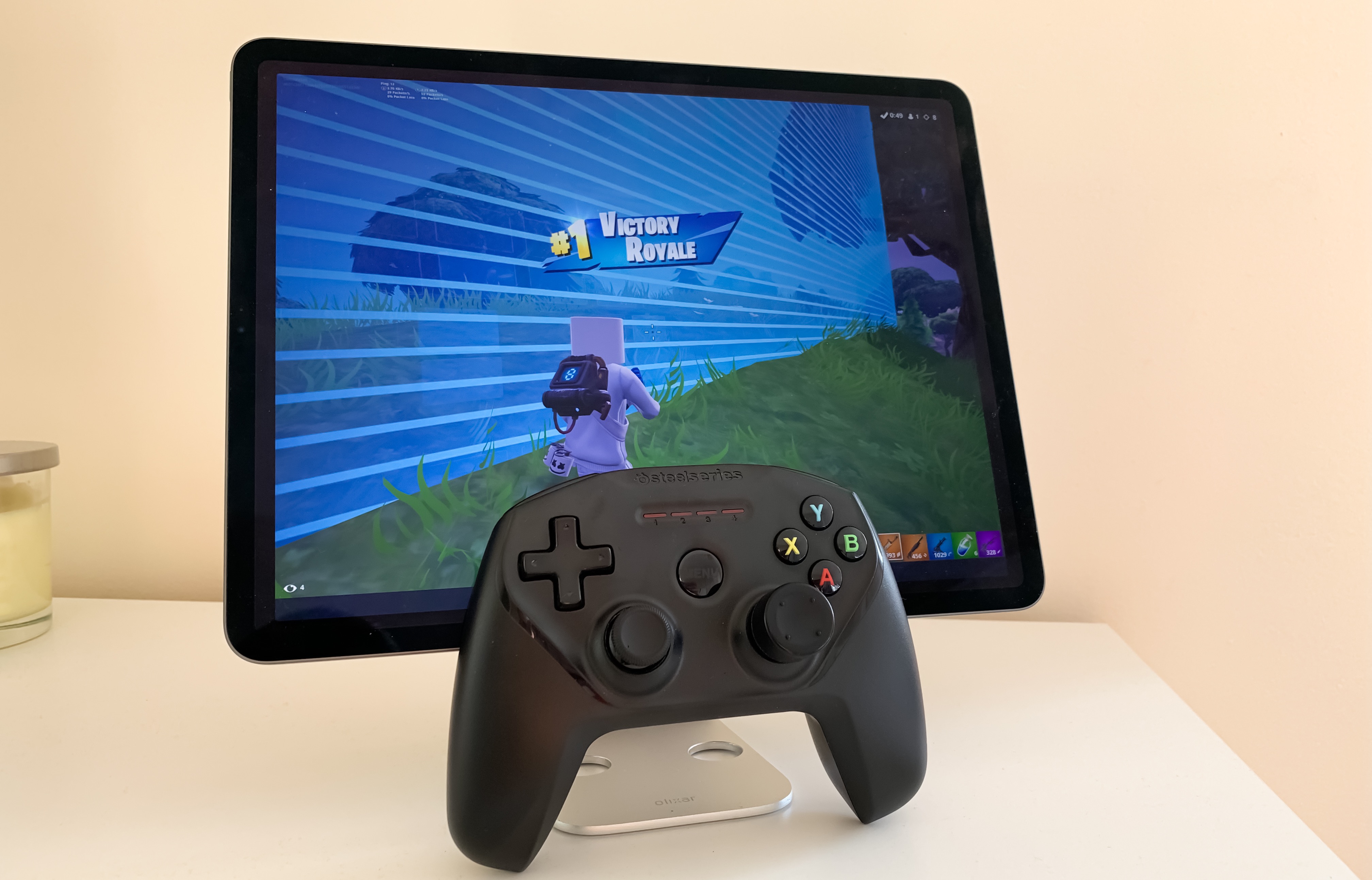

This interface along with the social aspect, make for an engrossing and rewarding experience that has kept many coming back throughout the years. Minecraft’s rich user interface allows for creative freedom unlike few other games, all the while encouraging design, exploration and discovery. Players dig, mine, and harvest resources to craft tools and gear, construct worlds, fight zombies, meet friends or play minigames. There are several different modes, that include single player or multiplayer, which allow kids to explore the world over, build homes or fortresses, or even recreate real-life buildings, much like a digital LEGO set. Minecraft’s popularity comes from its simple design that also offers a huge variety of entertainment. One of the best-selling video games of all time, Minecraft is an immersive, first-person adventure game, referred to as a “sandbox” game due to its open world stylings-meaning players have the freedom to go anywhere in the game’s world no matter where they start. Some versions of these games can include a higher age rating and are dependent on the version downloaded.Īvailable on: all major platforms, PC/Mac, mobile and Raspberry PI These let parents know that players can communicate with each other, create and share games with each other, and make additional purchases within the game.

However, the rating also includes a Users Interact notice and an In-Game Purchases notice. Along with the rating, you will also find notices about your kids' interactions and purchases. This ESRB rating includes exposure to fantasy violence and suggests that it is suitable for most kids. We’ll be referencing ESRB ratings which explain what’s in a game or app so parents can make informed choices about which games are right for their family. In order to make sense of the noise, let's take a look at some of the most popular online games. Some gaming platforms have a zero tolerance policy and take it very seriously and some, well, not so much. Many online games, chat apps and platforms have strict guidelines and community rules pertaining to harassment and profanity or issues like hate speech and cyberbullying. From consoles like Playstation and Xbox to apps like Discord, the amount of harmful activity can be staggering. This is how these games make the majority of their revenue alongside ads.īeyond that, the darker and possibly more ominous side of online gaming is the toxicity that can spring up through forums, chat rooms, and most notably, voice chat. Whether playing on mobile devices, gaming consoles or PC/Mac devices, kids can get sucked in, fast-for what can end up being hours at a time if left unchecked.Ī main incentive for these ‘free’ games are microtransactions, where kids can purchase custom loot or skins for actual money. Gaming companies aren’t helping the matter either, as they get better and better at triggering the pleasure centers of our brain and keep us craving that next reward. With the advent of social platforms, influencers and instant access to it all, games can quickly become a retreat from the real world. It’s all the more true for today’s youth. But there’s also a downside when gaming is overused, distancing kids (and adults) from needed physical activities and real life interactions. Meanwhile, video games can create a sense of community and foster true friendships-even a place to find ‘your community’. They’re fun, interactive and challenging. households owning some sort of gaming device, it’s no wonder video games are such a hot topic. With over 2.5 billion gamers worldwide and three-quarters of U.S.

Let’s face it, kids and adults alike love video games. Wonder what really goes on in your kid’s video games? Circle has you covered with everything you need to know about some of the most popular Online Multiplayer Games.


 0 kommentar(er)
0 kommentar(er)
